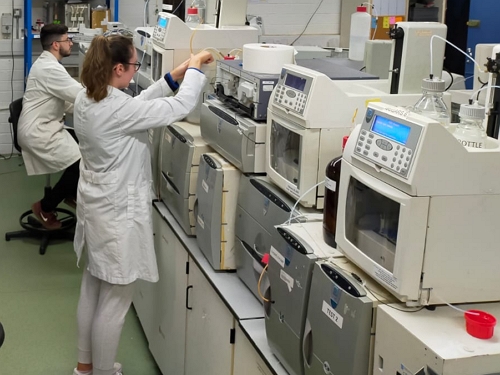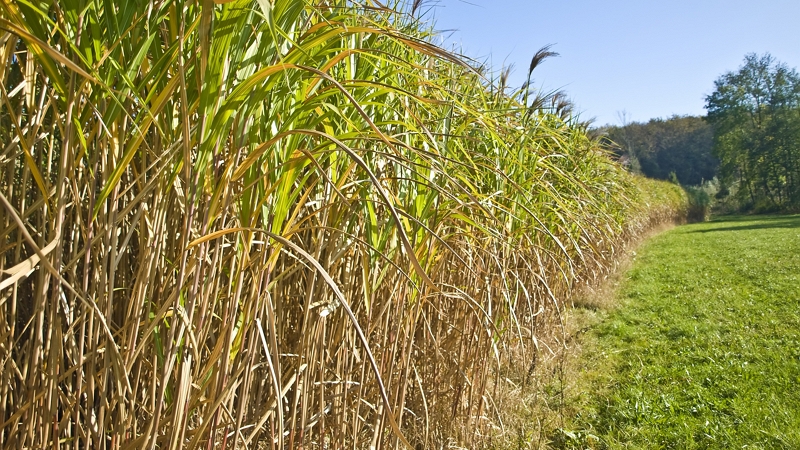Analysis of Lutein
Lutein is a yellow carotenoid pigment produced in microalgae, macroalgae and higher plants.
In nature, lutein is present as free lutein or lutein esters which are equally bioavailable.
In higher plants, lutein plays a role in photo harvesting as well as photoprotection of photosystem II.
Marigold flower contains a high concentration of lutein and
lutein esters and is used for commercial-level production of lutein.
Free lutein is abundantly present in some microalgal species namely Chlorella pyrenoidosa and Scenedesmus obliquus, which makes them the potential sources for the industrial level-production of lutein.
Lutein shows remarkable antioxidant and anti-inflammatory activities. Several studies showed that dietary supplementation of lutein has health benefits when it comes to oxidative stress-mediated health conditions. Lutein as a functional food provides various health benefits, including protection from age-related health conditions such as macular degeneration, cognitive decline and cardiovascular diseases. Hence, lutein containing nutritional supplements has a high consumer demand.
Lutein extracted from the marigold flower is an authorized food colourant for flavoured milk drinks.
Free lutein is abundantly present in some microalgal species namely Chlorella pyrenoidosa and Scenedesmus obliquus, which makes them the potential sources for the industrial level-production of lutein.
Lutein shows remarkable antioxidant and anti-inflammatory activities. Several studies showed that dietary supplementation of lutein has health benefits when it comes to oxidative stress-mediated health conditions. Lutein as a functional food provides various health benefits, including protection from age-related health conditions such as macular degeneration, cognitive decline and cardiovascular diseases. Hence, lutein containing nutritional supplements has a high consumer demand.
Lutein extracted from the marigold flower is an authorized food colourant for flavoured milk drinks.
Click here to place an order for determining Lutein.
Request a QuoteLutein Content
Analysis Packages for Lutein
Equipment Used for Lutein Analysis

Ion Chromatography
A Dionex ICS-3000 system that is equipmed with electrochemical, conductivity, and ultraviolet-visible detectors.
Additional Material
We can determine the Lutein content of biomass, click here to learn more about our various biomass analysis methods.
We can determine the Lutein content of seaweed, click here to learn more about our various methods for analysing seaweed.
We can determine the Lutein content of microalgae, click here to learn more about our various methods for analysing algae.
We can determine the Lutein content of plants, click here to learn more about our various methods for analysing plants.
We can determine the Lutein content of seaweed, click here to learn more about our various methods for analysing seaweed.
We can determine the Lutein content of microalgae, click here to learn more about our various methods for analysing algae.
We can determine the Lutein content of plants, click here to learn more about our various methods for analysing plants.




